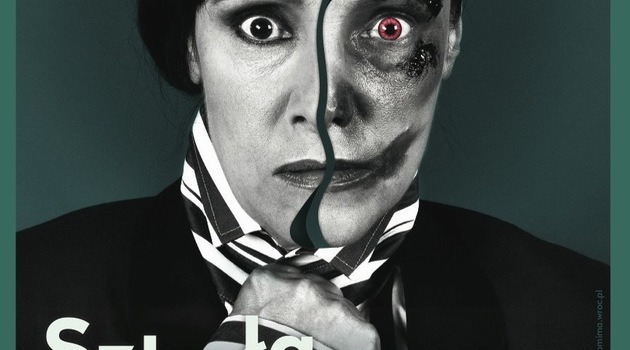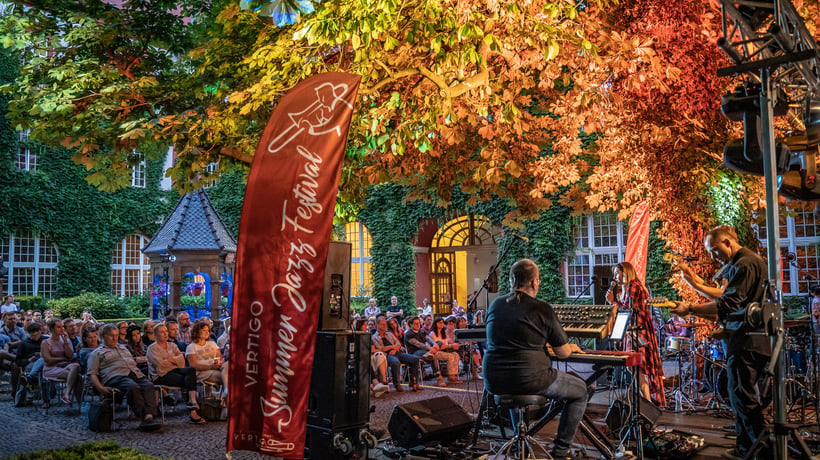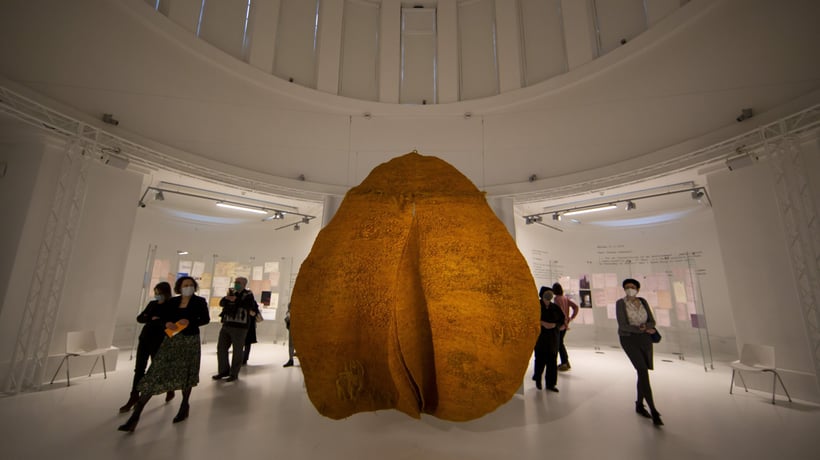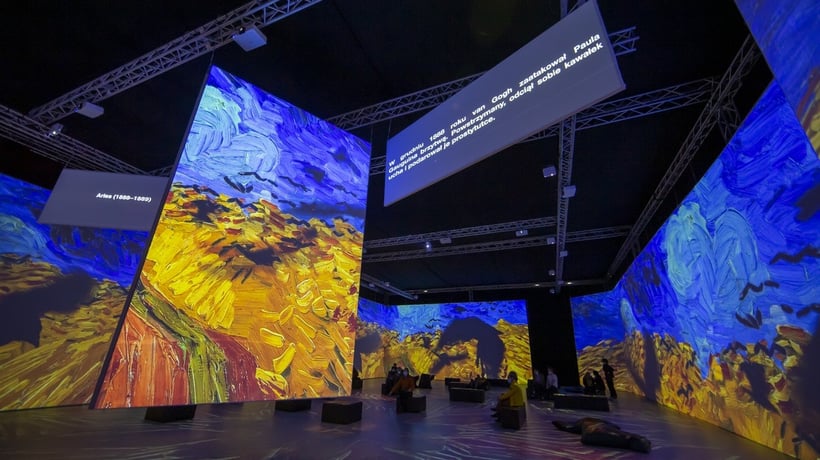Agnieszka Kołodyńska: How does Michel de Ghelderode's play translate into the language of pantomime?
Zbigniew Szymczyk: The more I explored de Ghelderode's "School of Buffoons", the more I wanted to do it (laughter). As I was heavily editing the play to make it more contemporary. Originally, the play is set in the cloister, 500 years ago, but I was not entirely convinced that the story of a royal buffoon would be of interest to a contemporary audience.
What do you find so interesting in the figure of a buffoon?
One thing that is absolutely vital in this play are the last words that Folial shouts to his pupils. It is only at his deathbed that he can reveal his mystery. Ha says that being a buffoon is all about cruelty. There were a number of words in Ghedelrode's play, but I decided to focus on just one. I started to look for various contexts and stories of cruelty.
In what sense?
Latest events may provide suitable examples. It was particularly cruel of Russia's president to send the white convoy with humanitarian aid to Ukraine. This widely publicised incident is nothing but buffoonery, as the convoy was used for completely different purposes.
We are also trying to explore nature's cruelty to human beings. One of such cruelties is when a man discovers that he is in fact a woman and vice versa. We are also touching upon cruelty that people inflict upon each other, on the cruelty of the system.
Is cruelty lurking at every corner?
Cruelty is the very foundation of buffoonery. It it were not for a buffoon's nose, we would be either challenged to a duel or taken to court for poking fun at other people and unethical attitude. A buffoon's nose works as a sort of excuse.
Are there any limits for a buffoon?
I think there are no such limits. It all depends on the person who is being ridiculed.
Ghelderode was fascinated with Bosch and Breughel. Are we going to see them in your performance?
I have discarded this because these are regular tropes to be found in other stagings of the play. They focus of the cruelty of war or terrifying figures from Bosch's paintings. I did not want to do this because we live here and now. I wanted to deal with what is contemporary. I am trying to explore the origin and the sources of cruelty, in children's play, for example. I used children's play as the basis for this performance. We are exploring the sources of conflict in the world, and this is usually quite simple.
That is why you have launched the project to collect childhood photos to accompany your première?
Yes. I have photographs from the beginning of the last century in which people pose or dress up as death. I wanted to reflect on the importance of death in our times. It is enough to turn on the news to witness somebody's death: someone has died in a car accident or has drowned, the media are full of such news and we learn to take death for granted. This in turn results in callous indifference. We often treat death as an attraction or diversion of some sort. There are computer games in which we have several lives to spare. We cease to realise that something comes to an irreversible end. We defer our thoughts about death I have also included this in the performance: something banal may sometimes result in a fatality.
Does School of Buffoons offer us laughter through tears?
It is more about black humour. I find it funny, but I also know it is brutal. I do not want to tell the whole plot of the play, but its tragic theme is there to move and annoy our audience. I want to focus on human identity. Folial, who is played by Anna Nabiałkowksa, is conceived as a fashion designer. A woman plays a man to answer the question who she is. In the end, she breaks her manacles and regains freedom when she reveals that she is a woman. That is what I call the buffoonery of life.
Interviewed by Agnieszka Kołodyńska








